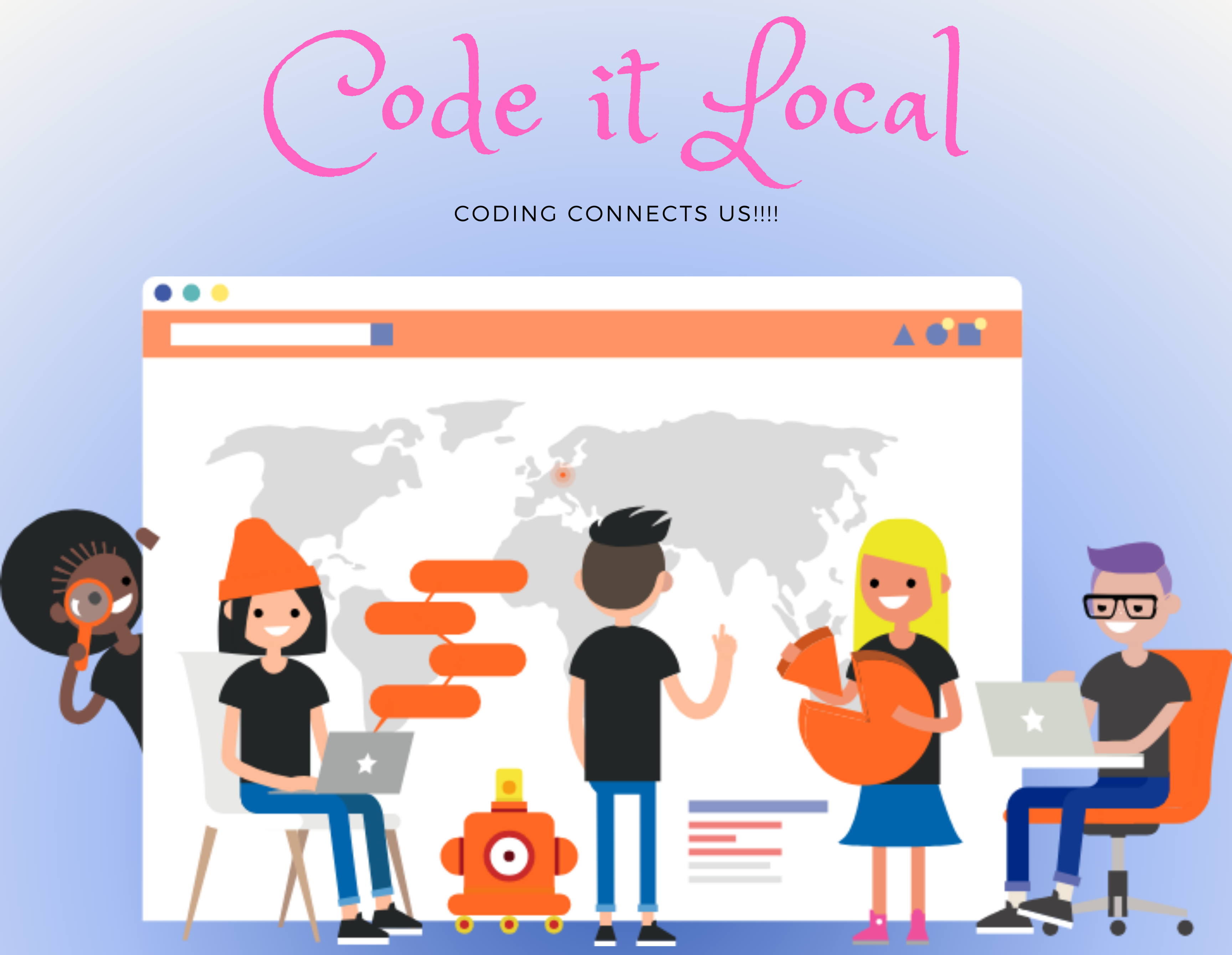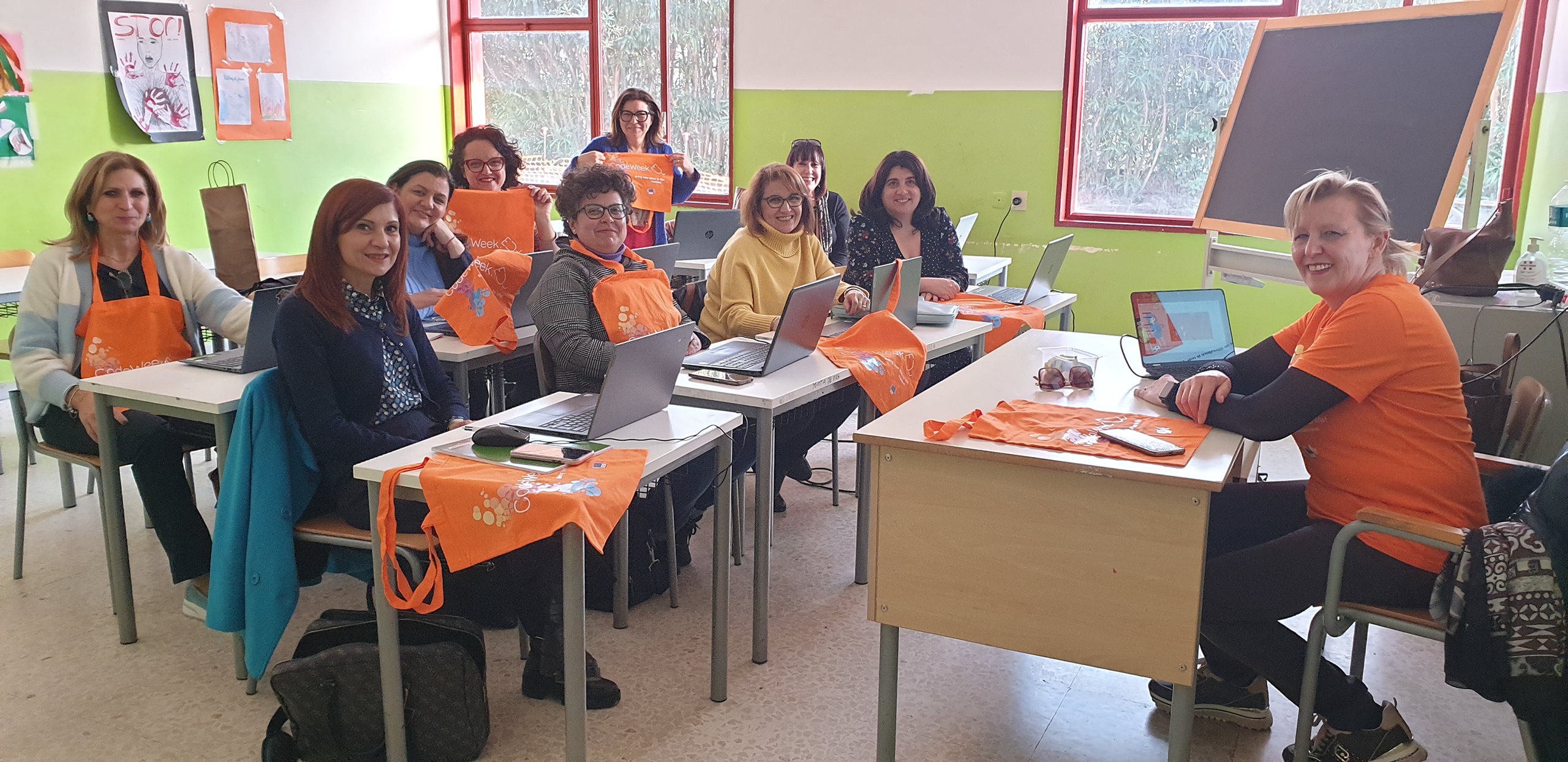Augmented Reality and Primary Education
Publication date: December 7, 2023
The interactive nature of Augmented Reality (AR) technology allows students to visualize and manipulate three-dimensional objects by blending the virtual with the real world. Bringing AR to the classroom does not involve high costs. In fact, the only hardware requirements are a smartphone or digital tablet and an internet connection, which makes it the ideal technology that can be integrated into any educational stage. Therefore, teachers should try to train and learn about the alternatives that these technologies can offer for a more real, creative, motivating and attractive teaching and learning process.

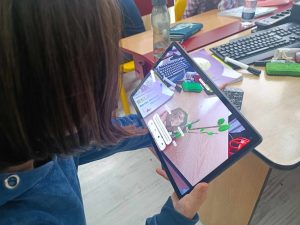
My students’ first interactions with AR were through the Birdie Memory app, when they were 6 years old. We talked about birds, discovered information about them, discovered them in videos, guessed the sounds they made and tried to find them in the images suggested by the application.
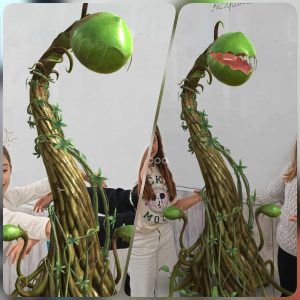
Exploring the Wonders of AR
The simplest Augmented Reality application is offered by Google that helps you project images of your favorite animals. The children were fascinated by the fact that they could take pictures of wild animals, which they would not have had the courage to touch before. We continued with Arloopa, which we still use because it helps us study bodies, planets, animals, plants, fantasy characters, heroes and many other interesting things.
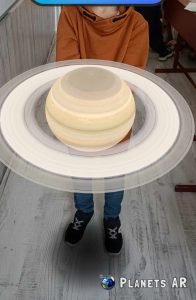
This year my students are in the 3rd grade. In science class they assembled their own magic cube from Merge Edu and discovered how precipitation, planets and birds can be projected and how you can manipulate the image with it. Then they discovered how real the water circuit or the fish in the aquarium looks and what the aquatic world looks like with the help of the Quiver app. We celebrated World Space Week with interactive games and contests, drawing the Solar System and capturing planets with the Planet AR app.
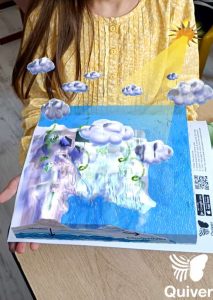
Carnivorous Plants with AR
Last week, inspired by the John Lewis Christmas Advert, we learned about the characteristics and types of carnivorous plants. We drew the plant that the little boy in the video imagined as the perfect Christmas tree; then we had fun becoming actors and directors, and we acted out on how we would behave if we were near a carnivorous plant.
Augmented reality technologies can be a fascinating choice for teachers who are looking for resources and methods to stimulate their students’ interest. In recent years, the increasing number of relevant educational applications indicate that this new technology has the potential to become a leading educational method in schools and universities.
Finally, the examples presented above highlight the importance and impact of this technology in expanding the knowledge of primary school students and how it can be used by teachers around the world to motivate and broaden educational horizons.

National College of Art„Octav Băncilă” Iași Romania

